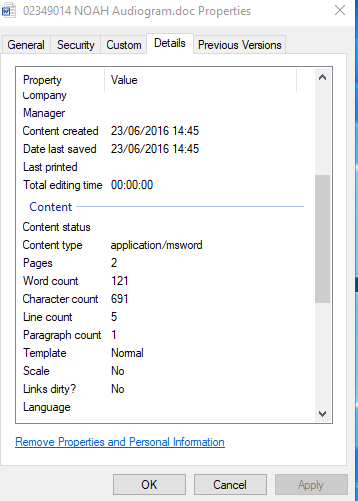Hi Developers!
A question to those who use VSCode to code InterSystems ObjectScript.
Suppose you have the ObjectScript code on IRIS server and you want to export it into the desired folder.
And you have VSCode connected to the server.
What is the way to tell VSCode that I want to export classes into some particular folder in /package/class.cls way?
E.g. into:
/project_folder/src/cls/Package/class.cls
and project_folder is opened in VSCode as the folder of the project.

.png)

